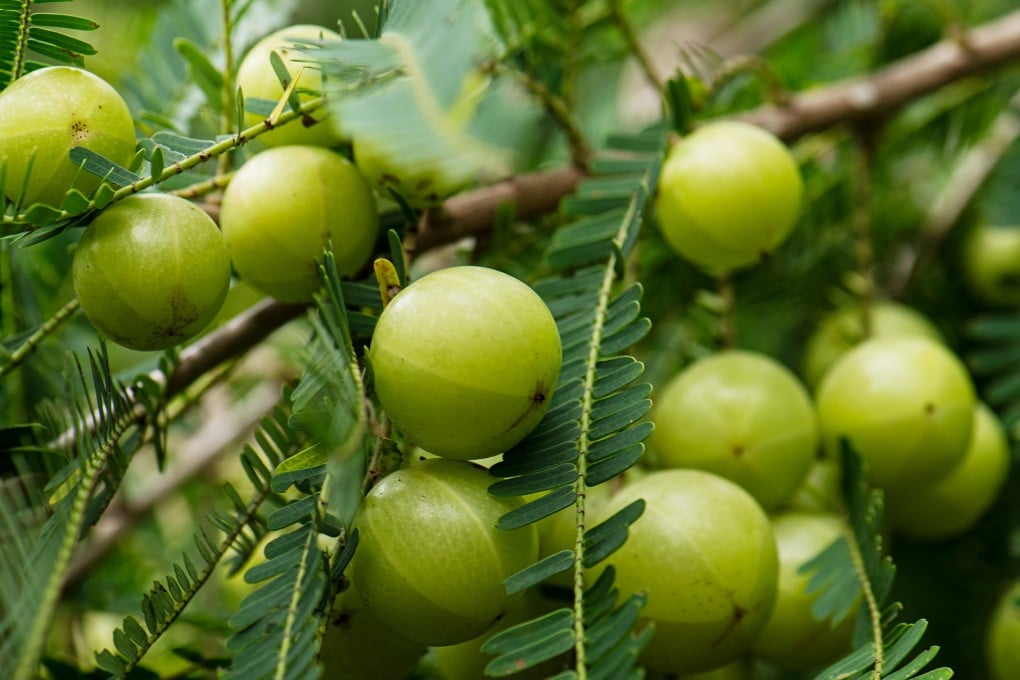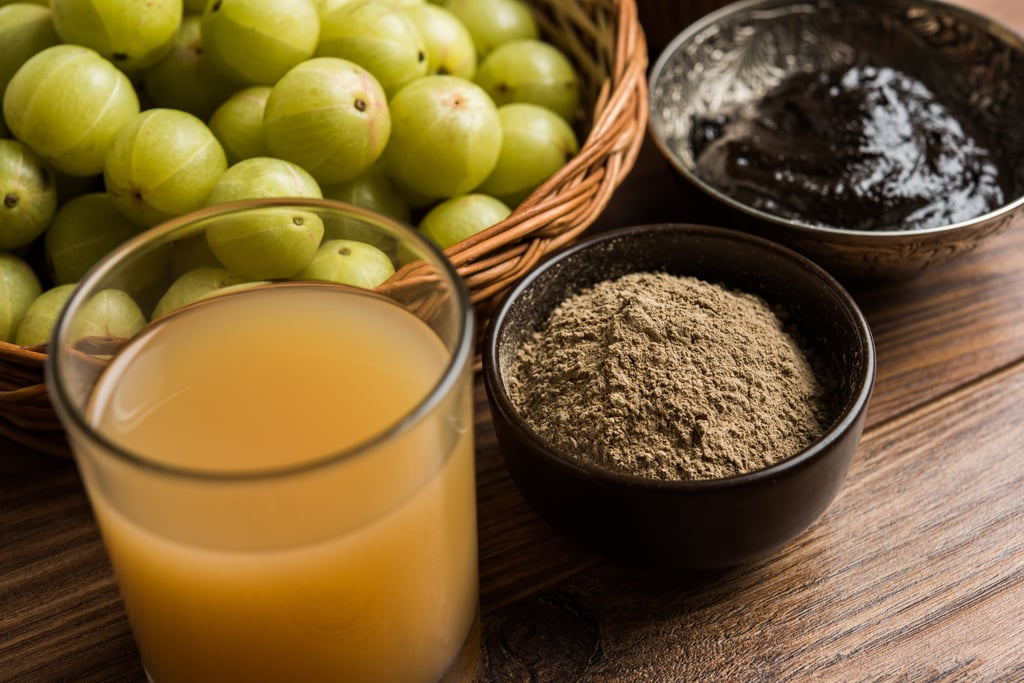Explainer | What is amla? The Indian gooseberry hailed as a superfood for its apparent anticancer, anti-diabetes and anti-ageing properties
- Amla is believed to have anticancer, anti-diabetes and anti-ageing properties – and, in Ayurveda, to boost immunity, ease coughing and relieve constipation
- The fruit is available in various forms, from whole fruit to powder, and can be enjoyed in different ways – raw and salted, candied, in smoothies and chutneys

Blackberries, blueberries, raspberries and strawberries are among some of the healthiest berries around, but there’s another, little-known berry variety that’s being hailed as a new superfood.
Also known by its Sanskrit-derived name amla, the Indian gooseberry is packed with nutrients and is said to benefit human health in many ways.
Amla’s historic use in Ayurveda

According to Sabine Schellerer, a Singapore-based pharmacist and naturopath, the fruit features in ancient Ayurvedic texts and continues to play an important role in Ayurveda.
“Amla is considered one of the most important rasayana herbs,” Schellerer explains.
“Rasayana refers to practices that give us ‘a long life, memory, intellect, health, youthful age, charisma, good skin colour, a strong voice, strength in body and senses, power of speech, virility and splendour’.
“In fact, Indian legend has it that the old ascetic [a sage or monk] Cyavana regained youthful strength by consuming amla paste.”